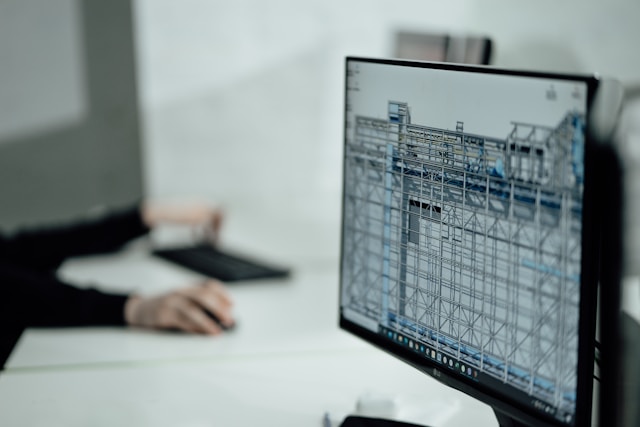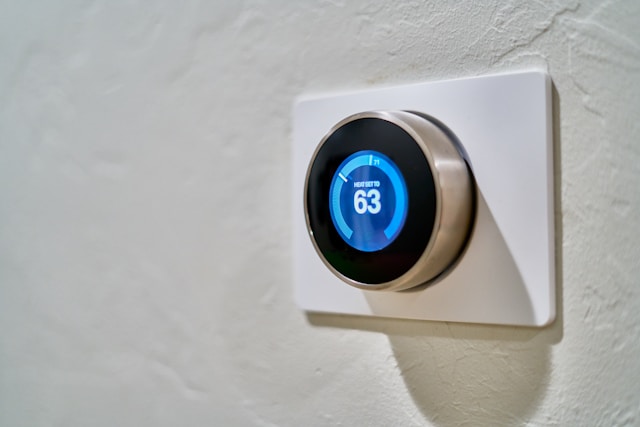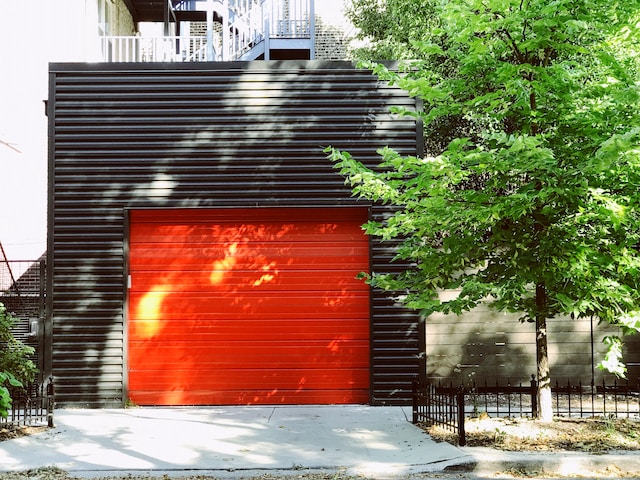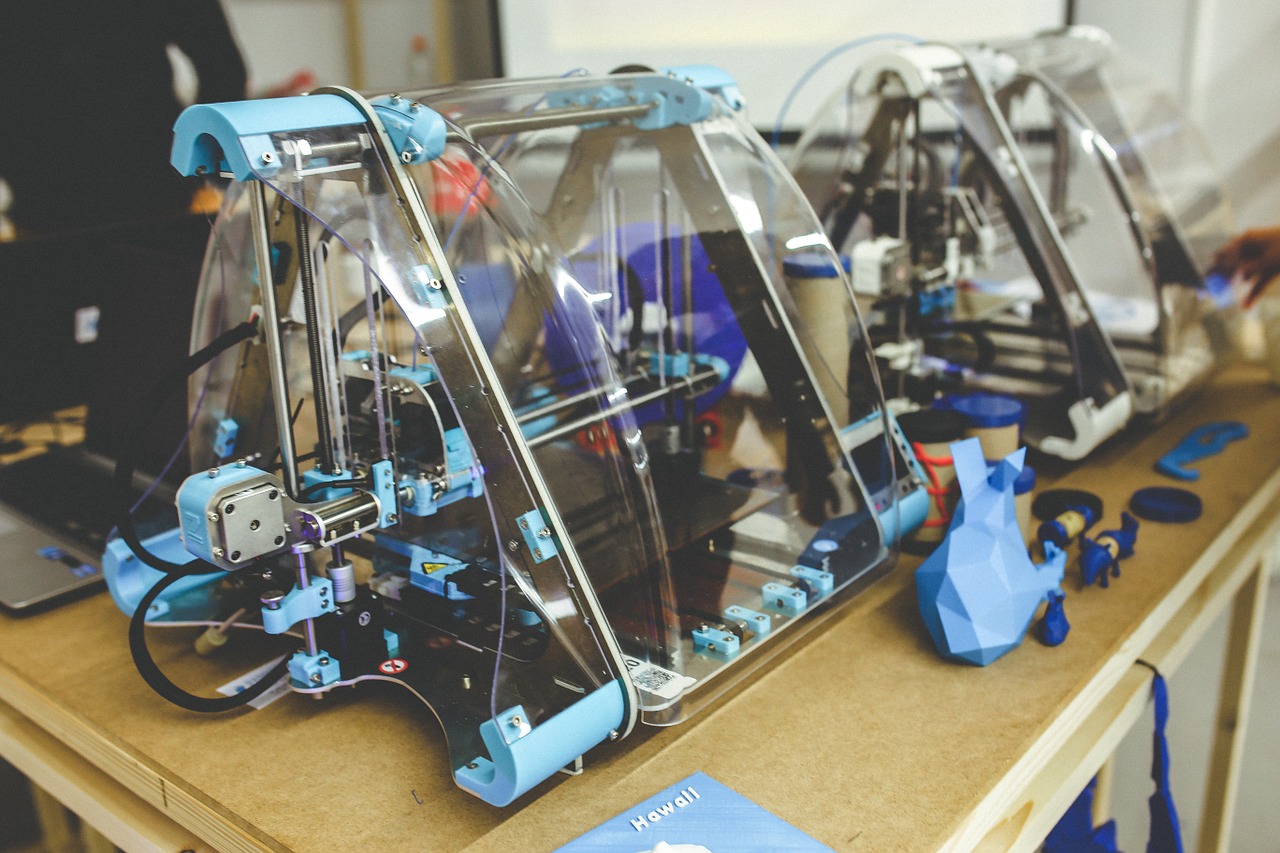Smart technology is the future of our homes, offices, and vehicles as it provides and enables easy ways of operating systems and locked security. As the Internet of Things (IoT) is turning the world into a smart one, it also affected the sphere of home renovation. It is not just about trends but making conversions optimal and responsive to contemporary life through the effective incorporation of IoT into the renovation. This guide also looks at the concept of smart homes and how IoT can be incorporated smoothly into renovation projects for improved operational efficiency, optimized resource use, and greater levels of comfort.
The idea of smart homes can be considered to have transitioned from the sphere of science fiction to a viable solution in a relatively short period. Fundamentally, the ‘Smart Home’ uses the IoT to enable the integration of several devices and systems within the home to be controlled remotely and automated. Smart lights, access controls, CCTV cameras, and smart thermostat IoT devices are becoming essential aspects of modern life. In terms of home remodeling, the integration of such technologies can drastically enhance the well-being of occupants, elevate the property’s worth, and promote energy conservation.
Embracing the Future of Living

The perspective of smart homes is likely linked with faster comfort and control in the environment where people spend most of their time. Think of a house that controls the heat or cool you prefer, turns off the light when you have to sleep, and notifies security when strangers are lurking around the house when you are not around. These are scenarios that were once thought of in a futuristic world; however, IoT makes them possible. With IoT attracting the attention of more and more homeowners regarding the ability to improve living conditions with new technologies, its inclusion in renovation is becoming a priority.
The Benefits of IoT in Home Renovation
Enhanced Comfort and Convenience:
Perhaps the most performant argument in favor of IoT implementation in home refurbishment is the availability of improved comfort and convenience. Smart home devices refer to various electrical appliances that are connected to the internet and can perform various tasks in the home, such as regulating the climate, turning on/off lights, and managing other gadgets.
Improved Energy Efficiency:
IoT technology is also emphasized on energy efficiency. For instance, smart thermostats adapt to users’ routines and, as a result, manage heating and cooling systems far more effectively than people would. In the same manner, smart lighting systems are also reconfigurable to shut down or switch off when offices or homes are empty. If these technological advancements are incorporated into the renovation projects by homeowners, then one will be able to create environment-friendly living spaces.
Increased Security:
Considering the importance of safety, IoT devices are truly a revolution in the sphere because many homeowners are interested in strengthening the security of their homes. Automated security systems have built-in security with features such as monitoring and instant notification to the homeowners of the activities around their homes. Products like motion sensors, smart locks and even video doorbells become additional security measures to keep the homeowners secure. Implementing these systems at the time of renovation helps in the design of a harmonized security system.
As the adoption of IoT in home renovations becomes increasingly popular, homeowners looking to sell property in Noida can leverage these smart technologies to significantly increase the market value of their homes. Buyers are drawn to properties equipped with IoT features such as automated security systems, energy-efficient smart thermostats, and smart lighting solutions, all of which enhance comfort, safety, and convenience. This makes properties in Noida more attractive to tech-savvy buyers, ultimately driving demand and boosting sale potential.
Data-Driven Insights:
Smart objects in homes produce large amounts of useful information that can help improve the home’s functioning. For instance, smart meters offer information pertaining to energy use that allows the homeowner to make good decisions on energy use. From this data, homeowners are able to discover areas in the home that could be made more efficient, and subsequently, they can save costs. IoT integration in renovation projects suggests that data can be a way to make residents’ lives better.
Key Considerations for Integrating IoT in Renovations
Planning and Design:
The use of IoT in projects geared towards renovating homes means that a lot of thinking and planning has to be done and achieved during the design process. The potential users of smart home technologies should begin the process with the definition of their requirements and objectives. Whether the priority is on conserving energy, security, or convenience, the priorities noted will assist in the use of IoT devices. It is recommended that integration involves professional staff, including architects and personnel with IoT specialization, in order to avoid poor integration jobs.
Compatibility and Connectivity:
In this case compatibility and connectivity are important factors to look at when selecting IoT devices. One needs to choose the devices that can interact with one another and form a single network. IoT has multiple connected devices and they employ various communication interfaces; therefore, compatibility will eliminate future problems. Additionally, a robust and reliable internet connection is essential for the smooth functioning of IoT systems, making network infrastructure a critical component of renovation planning.
Scalability and Future-Proofing:
The integration of IoT systems into renovation projects should take into consideration the adaptability of those systems in the near future, as technology is rapidly expanding. Homeowners must select those kinds of solutions that are expandable in the future as more and new technologies appear in the market. Such a vision is beneficial because it allows the advancement of the home with regard to smart technologies without overhauls that are necessary in a few years.
Privacy and Security:
IoT devices are quite beneficial, yet they open many controversial issues of privacy violation. Homeowners need to understand that they are at risk and do need to be protected from data breaches. Password protection, use of two-factor authentication, and hotfixing of all smart home systems are essential measures that must be incorporated if the security of smart home systems is to be guaranteed. Working with people who approach IoT applications with security in mind is important in minimizing these risks.
Popular IoT Solutions for Renovation Projects
Implementation of IoT smart devices in your home can be effectively used in your bathrooms, bedrooms, living rooms, and kitchen. Your overall space can be made tech-savvy, and you can control everything with one click at your convenience; this not only reduces human effort but also enhances the home aesthetics and functionality to be top-notch. You will not have to worry about forgetting to turn on/off your devices in your absence or make your home elderly-friendly with IoT device control. Here are some ways you can implement IoT smart devices in your home:
Smart Lighting:
Current smart lighting systems include Hue and LIFX; they allow users to change the lighting of their spaces remotely. Such systems enable homeowners to customize the brightness and color and also set the time of operation according to their desire. Therefore, smart lighting makes it possible to improve the atmosphere and at the same time, avoid waste of energy, especially
during your kitchen and bathroom renovations.
Smart Thermostats:
Smart thermostats include a Nest and Ecobee that help to adjust the temperature according to the occupants’ activity and the surrounding weather. Through the detection of the user’s habits and preferences and the consequent adjustment of various functions and settings, these devices contribute to energy saving and, therefore, the decrease of utility costs. Smart thermostats can also be incorporated during renovation for efficiency in terms of climate and comfort.

Smart Security Systems:
Both Ring and Arlo do a great job when it comes to monitoring and security of the homes. These systems include properties such as cameras, video monitoring, and motion detection among others, that afford homeowners ease of remote control. Smart security integration into renovations improves security and reduces worries among people.
Smart Appliances:
Consumer electronics consist of various electronic devices, including fridges, stoves, sensor kitchen cabinets, and washing machines, among other electronic gadgets with enhanced sophistication and the ability to connect. These appliances can be turned on and off remotely and have a wealth management aspect that can show statistics on usage. Having smart appliances during the renovation process relieves a significant load on the management of the household and increases the level of convenience.
Conclusion:
The rise of smart homes is redefining the way we approach home renovation, offering opportunities to create living spaces that are not only functional but also intelligent and adaptable. By integrating IoT into renovation projects, homeowners can enjoy increased comfort, energy efficiency, security, and data-driven insights. As technology continues to advance, embracing IoT in home renovation is a forward-thinking strategy that promises to enhance the quality of life and future-proof homes for the years to come.







